They say the scariest things hide under the bed—but the real horrors are on library shelves, stamped Restricted! From ghosts that won’t let go to witches giving beauty standards the middle finger, these 12 Banned Horror Novels have caused more shrieks in school board meetings than any haunted house. Ready to find out why these tales of terror keep getting blacklisted? Grab a flashlight, because these books don’t just scare kids—they terrify adults too.
Beloved by Toni Morrison: When Haunting Takes a Family to Therapy
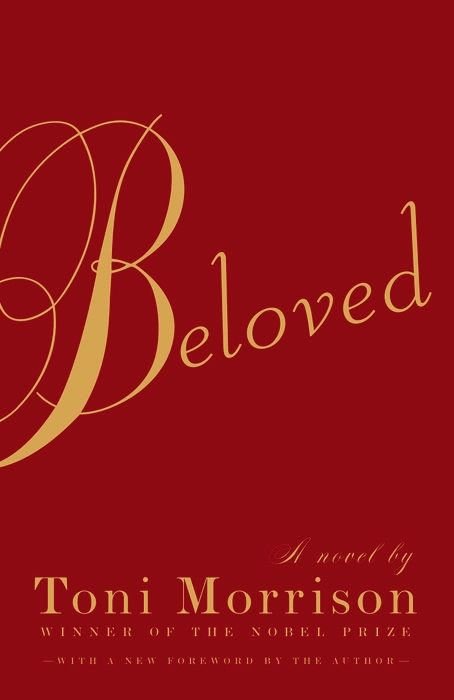
Beloved has been banned in many U.S. schools, including at least eleven during the 2021–2022 academic year.
-Wikipedia
Imagine a book so intense it was once called “moral sewage” by a Virginia senator. Beloved, Toni Morrison’s Pulitzer-winning novel, takes us to post-Civil War Ohio, where a mother’s horrific past haunts her. Her murdered child’s spirit even sets up shop in the family home. Yes, you read that right! For Sethe, a formerly enslaved woman, ghostly possession is just part of daily life. Her trauma is practically its own character. This story dives into the lingering horrors of slavery—violence, infanticide, and ghostly encounters that make Casper look tame. It’s little wonder that conservative school boards have banned it for “violence” and “sexually explicit content.” They must’ve thought the ghosts would jump out of the pages and into PTA meetings.
American Psycho by Bret Easton Ellis: Murder, Mayhem, and the Ban List
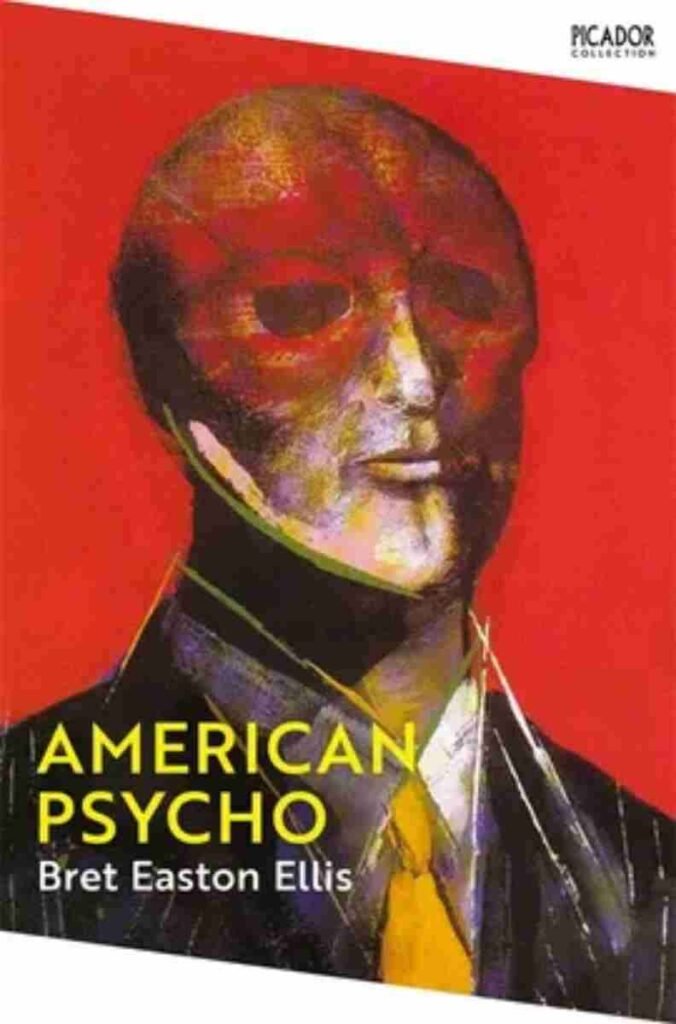
In the United States, the book was named the 53rd most banned and challenged book from 1990–1999 by the American Library Association. In Germany, the book was deemed “harmful to minors” and its sales and marketing severely restricted from 1995 to 2000.
-Wikipedia
Between Wall Street spreadsheets and morning workouts, Patrick Bateman earned American Psycho a spot on banned lists worldwide. This satire by Bret Easton Ellis shows ‘80s excess through the eyes of a bloodthirsty investment banker. The graphic violence and disturbing amorality led several countries, including Australia, to sell it only in shrink-wrap. Ellis stabs at consumer culture, leaving a trail of controversy—and fictional bodies—in his wake. Warning: Bateman’s monologues are as unsettling as his axe-wielding habit.
Grab a cozy blanket, light a pumpkin-scented candle, and dive into these chilling books that will keep you company as the leaves fall and the nights grow longer.
120 Days of Sodom by Marquis de Sade: One of the most sexually violent books ever written
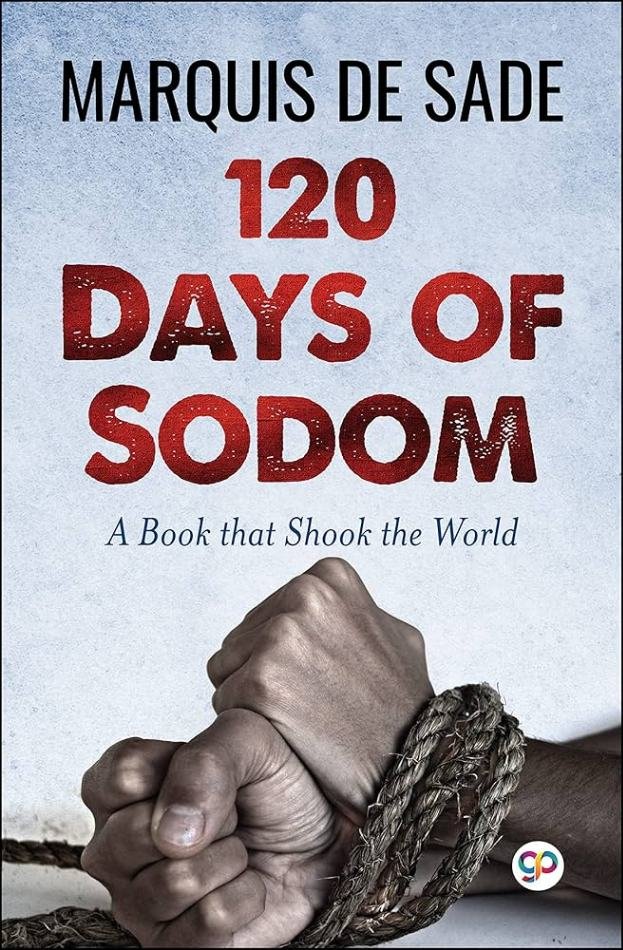
Though the translations published by the Olympia Press in Paris were banned from the UK throughout the 1950s, British publishers such as Peter Owen were able to produce (very careful) selections from Sade’s writings without running into trouble.
Let’s face it: anything by the Marquis de Sade was never meant to be bedtime reading. 120 Days of Sodom goes all-in on depravity—murder, torture, and, well, the kind of stuff that gives even horror aficionados a pause. Written while Sade was in prison, it’s less a story and more a relentless litany of nightmare fuel, enough to get it banned in France and condemned by just about everyone. If you’re looking to be horrified, this book doesn’t mess around. Some even argue it’s the worst book ever written, but hey, someone’s got to win that title.
Daughters of Eve by Lois Duncan: Teen Girls and Blood Pacts
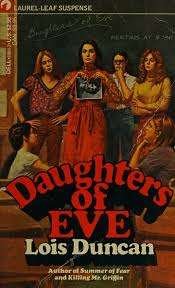
New Mexico – Superintendent of Clovis Municipal Schools removed the book from elementary schools after rumors of parent’s displeasure and having a formal review which found issues with language and “suggestive material.” Duncan (author) agreed the book was not for elementary schools.
Before Mean Girls, there was Daughters of Eve. But unlike Regina George, the girls in this 1979 classic are out for actual blood, banding together in a vigilante sisterhood under the guidance of their increasingly unhinged teacher. Lois Duncan’s young adult novel explores revenge and manipulation, but it’s not exactly what parents want their teenagers to emulate. Banned for its themes of violence and misandry (yes, that’s right), this book has had PTA groups raising more eyebrows than the plot twists it contains.
The Shining by Stephen King: Redrum and Reading Bans
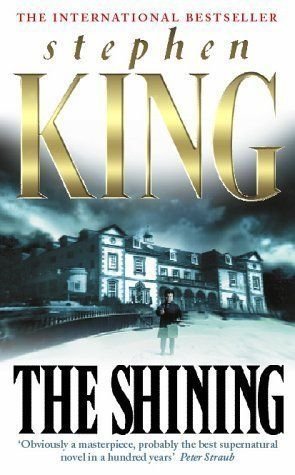
It’s been banned and challenged in several school libraries since its 1977 publication for its depiction of mental health crises, alcoholism, domestic violence, and supernatural horror.
Stephen King’s The Shining may seem tame compared to today’s horror standards, but it’s been banned for its portrayal of family violence and alcoholism. Jack Torrance, the novel’s tortured protagonist, decides the best therapy for writer’s block is to take his family to a haunted hotel and see what happens. Spoiler: nothing good. The supernatural twists, violent imagery, and intense psychological drama have landed it on several banned lists, proving that a little too much redrum (and red ink) can send shivers down the spines of school boards.
Scary Stories to Tell in the Dark by Alvin Schwartz: The Original Nightmare Fuel
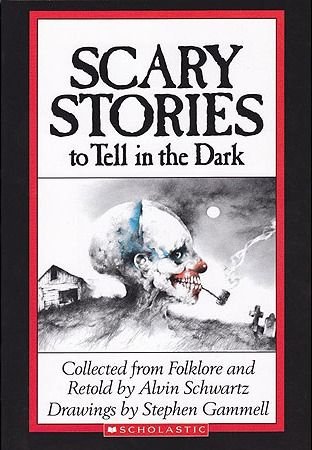
According to Marshall.edu, the main reason why the books were banned was the contents were violent. Wikipedia describes Gammell’s nightmarish artwork as another contributing factor to parents’ objections to books.
Alvin Schwartz’s Scary Stories to Tell in the Dark was pretty much a rite of passage for kids, at least until parents realized just how terrifying those stories actually were. Illustrated with nightmare-inducing artwork by Stephen Gammell, this collection of horror tales has been banned for “inappropriate content” and, hilariously, for being too scary. Schwartz might have been aiming for a mild fright, but he ended up creating a generations-long love-hate relationship with dark basements and foggy nights.
The Sandman by Neil Gaiman: Dreaming Up a Ban
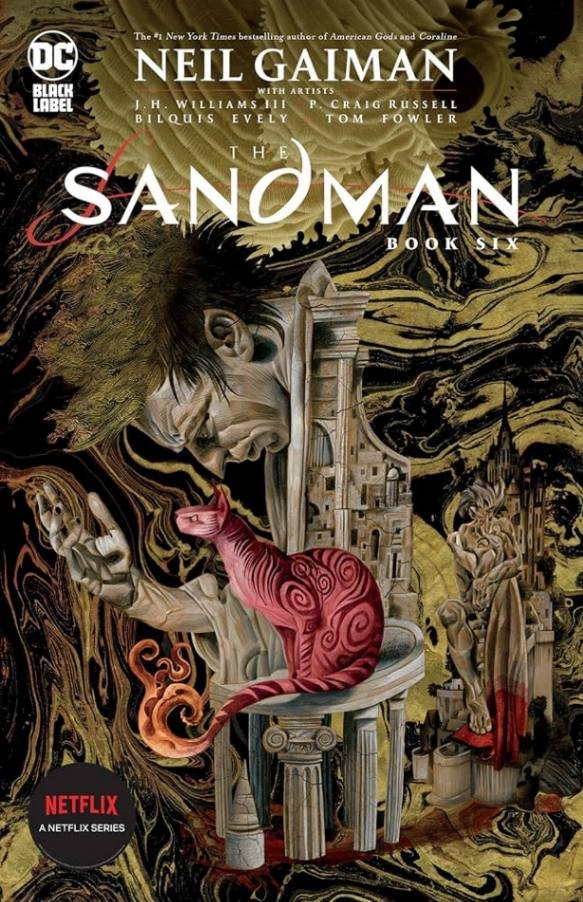
Gaiman’s graphic novel has been challenged and removed from some libraries because of “anti-family themes,” “offensive language,” and for being “unsuited for age group.”
With The Sandman, Neil Gaiman crafted a world where nightmares stroll around with more swagger than heroes ever could. This 1989 comic series, featuring Morpheus (the embodiment of dreams) and his dysfunctional Endless family, blurred the lines between horror, mythology, and family drama—a cocktail library across America found a bit too potent. Some called it “unsuitable for teens,” others slammed it for its “anti-family themes.” One college student famously mistook it for “Batman and Robin” and promptly demanded it be removed from her syllabus. Gaiman, unfazed, pointed out that bans only make banned books more appealing to rebellious young minds. After all, if the library doesn’t want you to read it, you have to know what’s inside.
Kindred by Octavia Butler: Time Travel Isn’t All Fun and Flux Capacitors
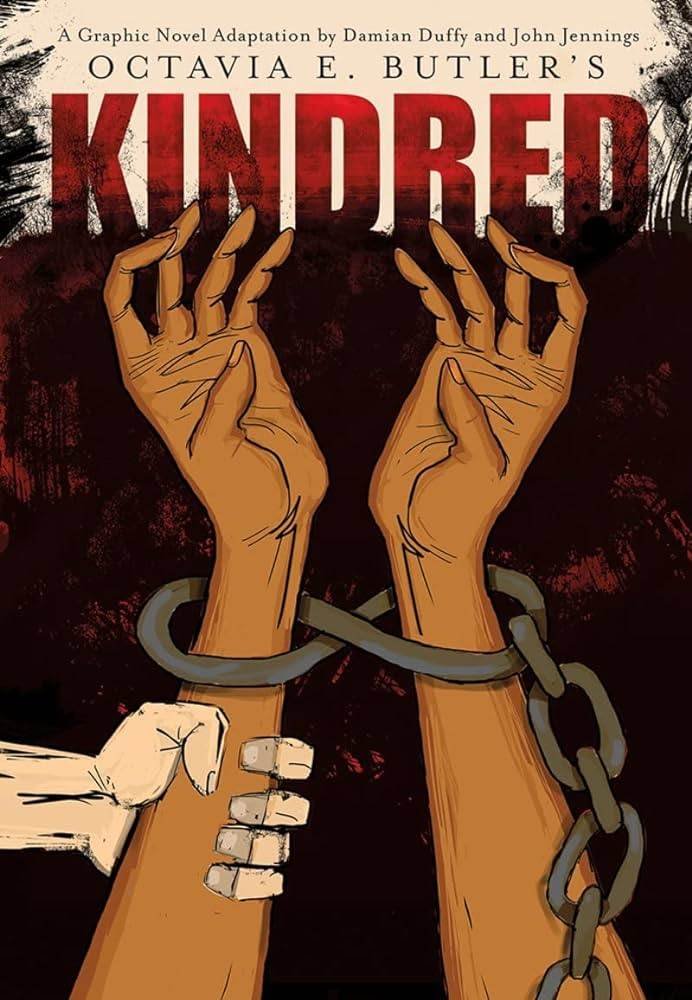
Kindred has been banned in numerous state and federal prisons.
Octavia Butler’s Kindred spins a brutal tale of time travel without any of the futuristic sci-fi fluff. Here, Dana, a young Black woman from 1976, is dragged back to the antebellum South repeatedly, each time dealing with slavery’s unflinching horrors. Naturally, Kindred has been too intense for some school boards, who balked at its violent portrayals and raw themes, especially around racial violence and sexual coercion. Critics have called it “too disturbing” for young adults, but let’s be honest—Dana’s ordeals are the kind of history lesson sanitized textbooks would rather ignore. It’s heavy, haunting, and definitely no Back to the Future.
The Hunger Games by Suzanne Collins: Sparking Flames—and Censorship
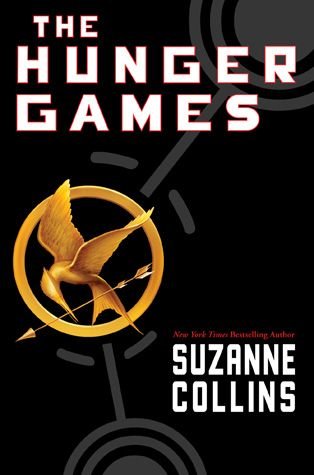
“Hunger Games” has been banned or challenged in some school districts due to some parents and educators have expressed concerns about the appropriateness of these themes for younger readers.
The Hunger Games has been banned almost as often as Katniss has dodged arrows. Critics argue the book’s violent content, with children forced into televised gladiatorial combat, is unsuitable for young readers. But that’s not all—school boards also take issue with its themes of rebellion and government distrust, fearing it could inspire a real-life resistance (because apparently, a raised three-finger salute is that dangerous). The story’s perceived “anti-family” sentiment and dark themes of power and oppression haven’t won over every parent or librarian, either. But let’s face it: if a dystopian tale about kids surviving an arena doesn’t make you think twice about authority, what will?
Speak by Laurie Halse Anderson: Breaking the Silence
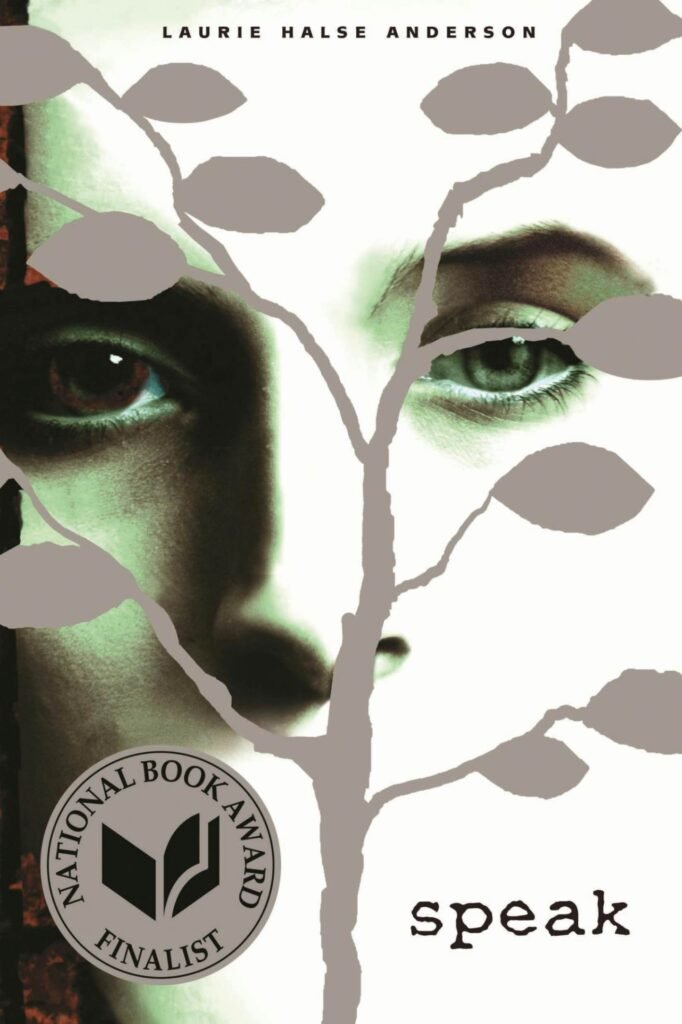
Laurie Halse Anderson’s Speak dives into the aftermath of trauma. Melinda, a high school freshman, becomes mute after a sexual assault. The book has faced bans for its “explicit” content. Some challengers even call it “soft-core porn” due to its depiction of rape. This is ironic, given the story’s focus on reclaiming voice and agency. Critics say it’s too graphic for young readers. Supporters, however, see it as crucial. Speak offers an honest look at the importance of speaking up, no matter the cost. If Speak makes you uncomfortable, that’s precisely the point.
The Witches by Roald Dahl: Not Your Average Fairytale Villains
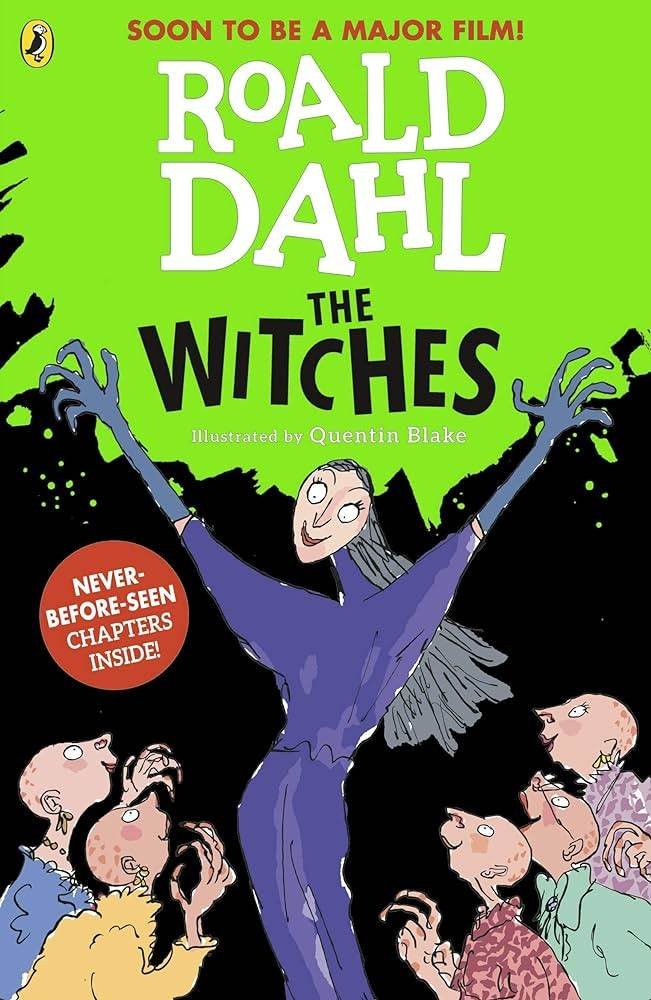
Roald Dahl’s The Witches has been casting a spell on controversy since its release. Critics argue it’s anti-women, portraying witches as bald, child-hating creatures with unnerving physical traits—a problematic stereotype, according to some. Parents also find the book’s dark tone disturbing for children, where witches don’t just kidnap but transform kids into mice. Despite the protests, The Witches holds its own on shelves, beloved by those who appreciate Dahl’s unapologetic dive into the sinister side of storytelling.
Halloween ABC by Eve Merriam, Illustrated by Lane Smith: Spooky Letters, Scared Parents
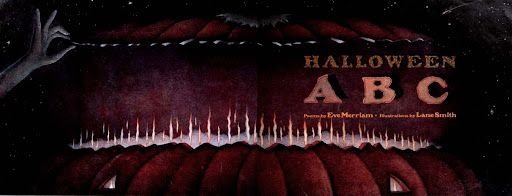
You wouldn’t expect an ABC book to end up on banned lists, but Halloween ABC managed just that. Merriam’s playful yet sinister rhymes paired with Lane Smith’s eerie illustrations were enough to rattle some parents. They felt the book’s Halloween imagery. A celebration of all things ghoulish and ghostly—was too intense for kids, fearing nightmares would be the bedtime result. But for others, the book is a fun, slightly twisted way to learn the alphabet, proving that sometimes A is for Absolutely Controversial.
Discover the transition from page to screen, where many book adaptations failed to fully capture the depth and essence in cinema.
